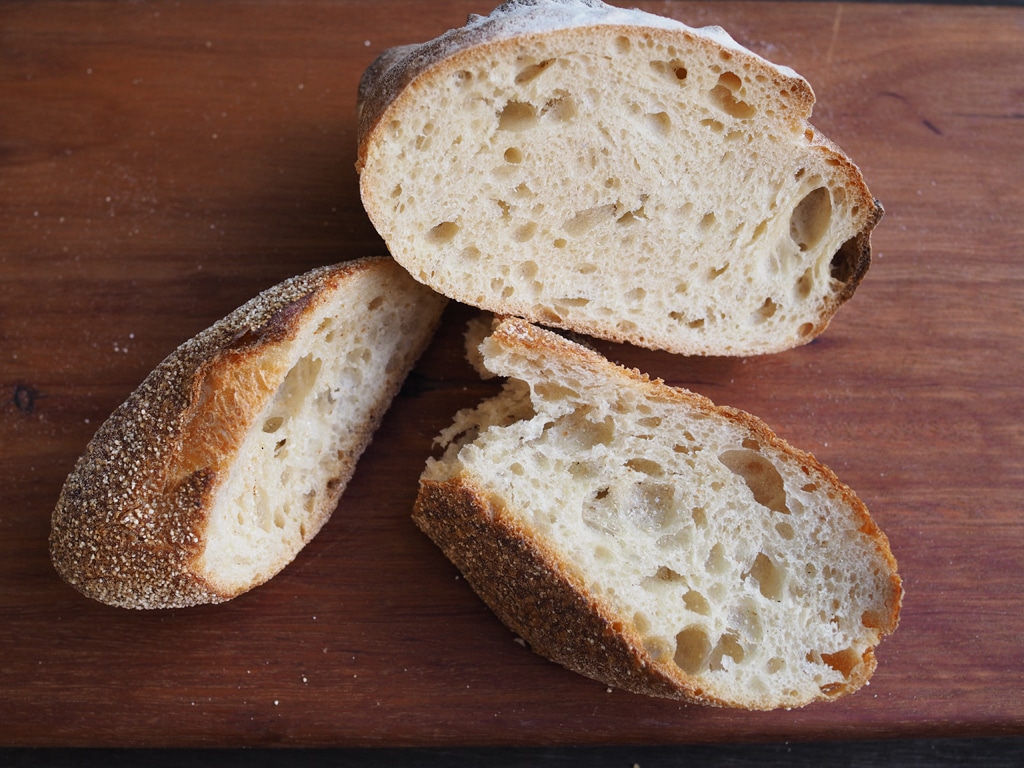Think of stale bread as a multipurpose culinary ingredient that can be used in both savory and sweet recipes, such as panzanella or bread pudding, or pulsed into breadcrumbs or cubed for croutons. Because of its solid firmness, it absorbs sauces, broths, and dressings well without crumbling.
However, moldy bread is a serious health hazard.
The entire loaf should be thrown out if there is even a tiny patch of green or black mold. Because bread is porous, mold can grow there covertly, and eating it might result in allergic reactions or other health problems because of chemicals called mycotoxins.

Storing food properly helps keep it from spoiling. Store bread in a paper bag at room temperature for short-term use. Freezing is the best option for long-term storage because it maintains freshness without turning the bread stale. Bread staleness is actually accelerated by refrigeration, therefore avoid doing so.
In conclusion, moldy bread is dangerous and ought to be thrown away, but stale bread may be a culinary asset, adding texture and taste to many recipes. By being aware of the differences, you may maximize your bread consumption while maintaining a safe and healthy kitchen.

